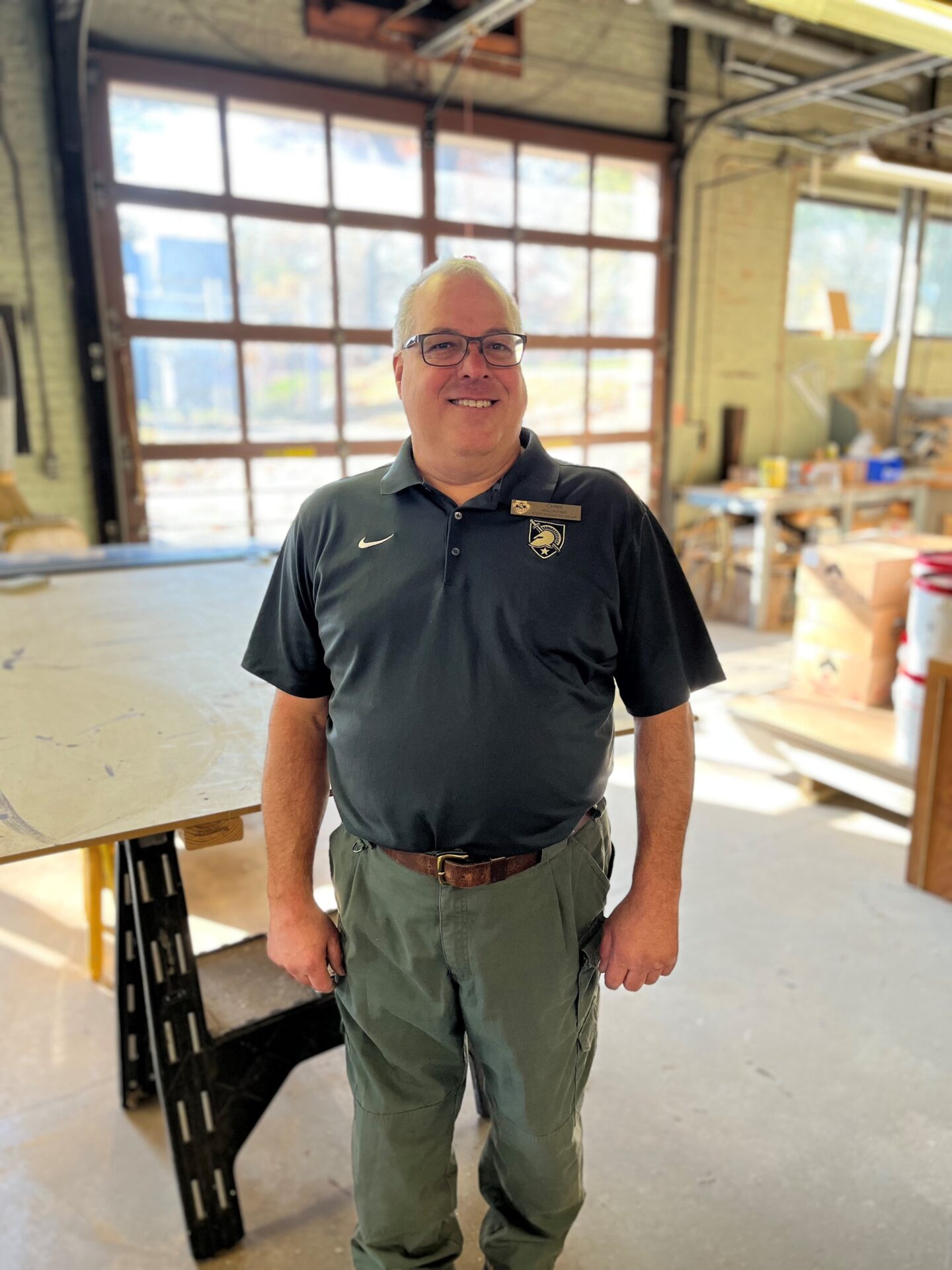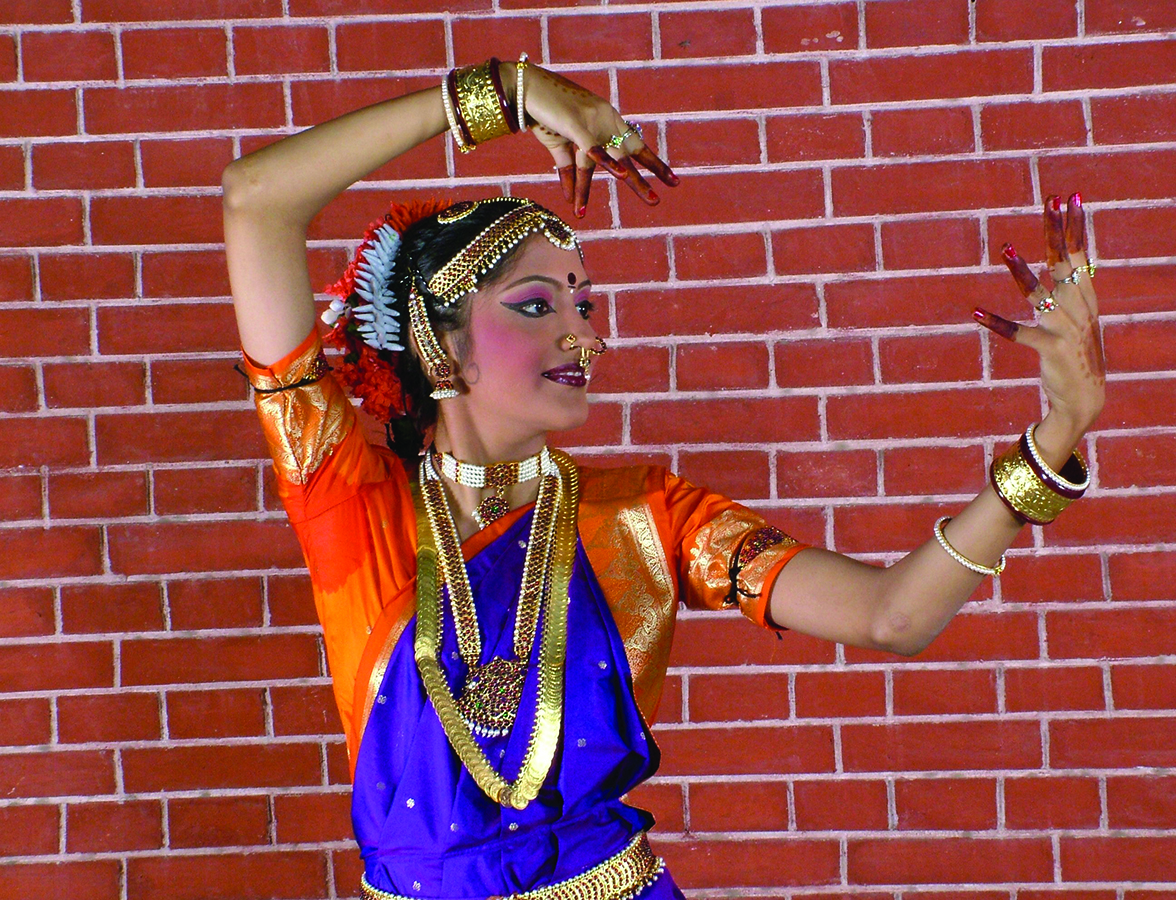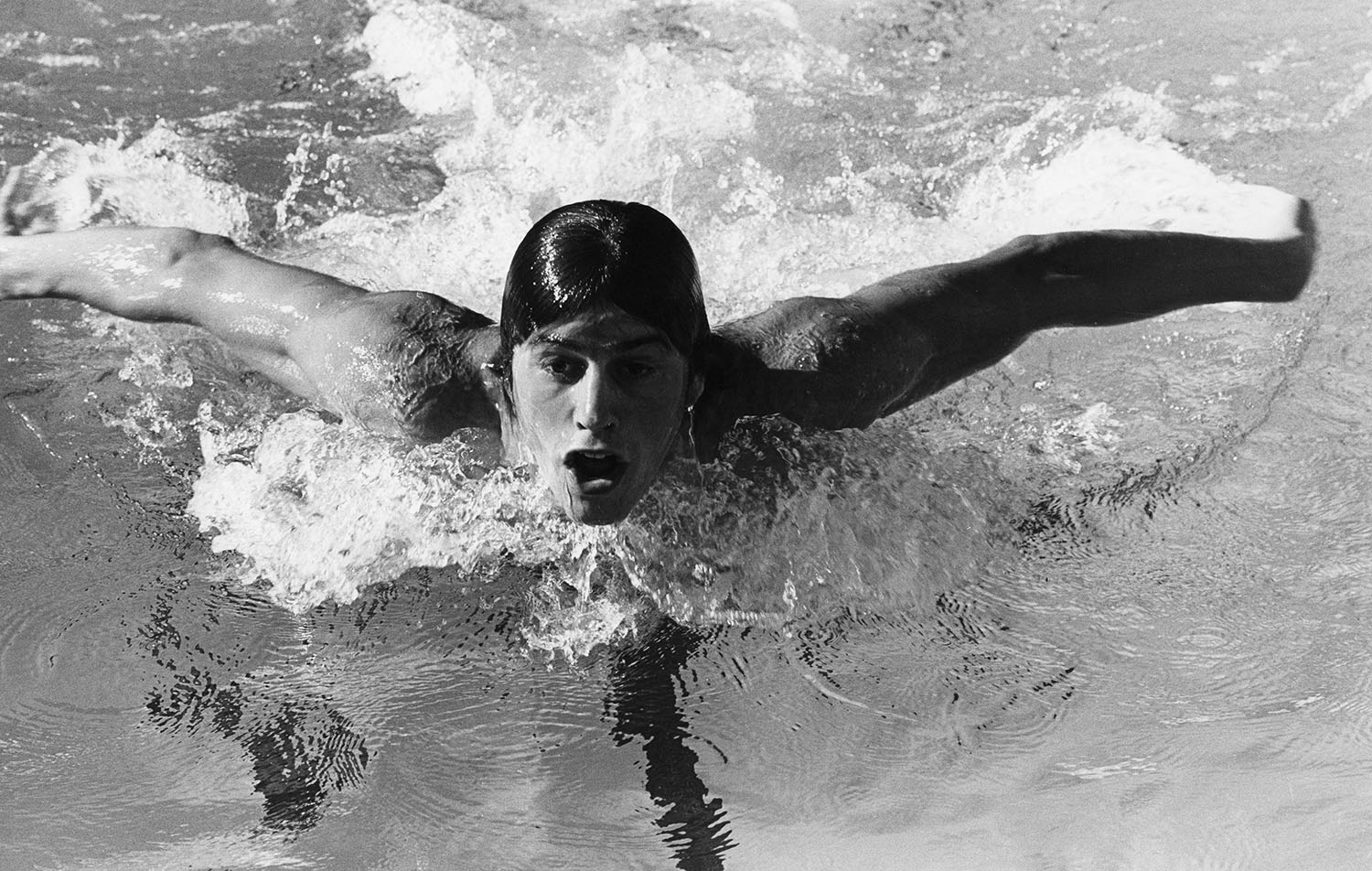Hartford HealthCare might be where we work, but when we asked you where you find fun, relaxation or deeper meaning in your lives, we were astonished at the variety of hobbies and activities you pursue in your spare time. Here are a few of those stories, and we’ll have more in upcoming issues of Moments. To share your hobby, email susan.mcdonald@hhchealth.org
History Buff Shares Skills, Knowledge at Museum
Christopher Woods
Facilities maintenance, Hartford Hospital, IOL
A carpenter at both Hartford Hospital and the Institute of Living for the past 20 years, Christopher Woods has seen many changes at both campuses, some of them quite historic. That’s nothing, however, compared to the history he witnesses as a volunteer at the West Point Military Academy Museum in New York.

How did you become a volunteer at the West Point Museum?
My dad and uncles served in World War II so I have had an interest in the military and its history for as long as I can remember. My wife is involved with a lot of organizations as a volunteer and I have been looking to do something as well, so when I saw on Facebook that the museum was looking for volunteers, it seemed the perfect opportunity.
What is your role?
I go wherever I am needed and try to help with whatever I can. I recently helped build a display case for the Javelin Missile System exhibit, which was a lot of fun. I have fixed one of the garage doors and main doors, I’ve done some painting, all kinds of things.
What do you like best?
My favorite thing to do is give tours. It’s a great way to share the passion I have for history with visitors from all over the world. Touring them around the museum allows me to teach them about what is there and is a great opportunity for me to learn things I may not have known.
How has your experience been?
It’s been great. I feel very lucky to be able to spend time at such an incredible facility. There is so much that goes on behind the scenes that people do not see — it’s amazing. Go, Army!
—Ken Harrison
Swathed in Silk and Bright Jewels, PT Finds Joy in Dance
Bijal Shah, DPT
The Hospital of Central Connecticut
Thirty-five-year-old Bijal Shah, DPT, physical therapist at The Hospital of Central Connecticut, loves helping people feel better, but her real passion is the traditional Indian dance Bharatnatyam. Her bachelor’s and master’s degrees from India are in dance (she also has bachelor’s and master’s in physical therapy from India, a master’s in exercise science from Central Connecticut State University, and a doctorate in physical therapy from University of Montana). She grew up in Ahmedabad, Gujarat, India.

Tell us about your evolution as a dancer.
My journey is pretty typical of a first-generation classical dancer. Since both my mom and dad love dancing, it started as a hobby in 1994 at age 8. I learned Bharatnatyam. After six years, I performed what we call “Arangetram,” a Sanskrit word that translates to “ascending the stage.” In Bharatnatyam, it refers to the debut performance, marking the completion of dance training. It is considered a significant milestone in the dancer’s artistic journey, marking their readiness to perform professionally.
I was able to perform on different stages in India and internationally, and went to Dubai to represent an Indian classical dance form.
How has your study of dance helped you in life?
I have been dancing for more than 25 years. Not only am I most happy when I am dancing, but my dance experience has increased my college readiness, providing me with cultural awareness, personal accountability, work ethic and commitment. I have become very culturally aware and appreciative of other styles of dance and music. I have always loved dancing because it fills my heart with joy and has changed my life in numerous ways.
You believe your study of dance helped you as a physical therapist. How?
Bharatnatyam involves repetitive open chain movements of the lower limbs. It challenges balance, control and stability of the body. Dancing requires a high level of dynamic control, as more often one leg is off the ground as you perform.
The benefits of dancing include: improvement of balance, stamina, concentration, endurance, flexibility, agility and coordination.
Tell us about your dance costumes, jewelry and makeup.
The costume consists of a saree in the style of a Tamil Hindu bridal dress and is draped in a way that emphasizes footwork and movements of the legs. The saree, usually made of silk, is embellished with intricate designs and patterns, often featuring gold or silver thread. The blouse is typically shortsleeved and fitted, with a high neckline, and is also often embellished with decorative elements such as sequins, beads or embroidery.
Dancers wear a wide range of jewelry such as earrings, necklaces, bracelets and anklets. The jewelry is typically made of gold, studded with precious stones and jewels. Each piece holds symbolic significance and adds to the dancer’s regal and divine aura. The colors are usually bright and vibrant.
Do you teach dance to your children?
My daughter Kiana is 5 and takes dance lessons. We perform together, wearing matching costumes. It’s so special to me. (She and her husband also have a 21-month-old son, Kahaan).
—Elissa Bass
The Pull of the Pool Proved Too Strong
Robert Hagberg, MD
Chief of cardiac surgery, Hartford Hospital
Robert Hagberg, MD, chief of cardiac surgery at Hartford Hospital, dedicates his days to saving lives, but his true passion lies beyond the hospital walls and in the water. As a Stanford University swimmer, Dr. Hagberg was destined for Olympic glory until the United States boycotted the 1980 games in Moscow to protest the 1979 Soviet invasion of Afghanistan, sinking his dreams of representing the red, white and blue on the global stage. A total of 65 nations refused to participate in the 1980 games.

What was it like hearing about the boycott?
Not going to the Olympic trials due to the boycott was a massive disappointment. I didn’t even know what to think. I had hoped for so long that this was just a bad dream. In Moscow, I would have been in the prime of my career. I dedicated my life to swimming and the training that came along with it. So, to hear President (Jimmy) Carter make that announcement, it totally derailed me and changed my life. I didn’t know what to do with myself. My life took a totally different path than what I had expected. I went into a state of anger and depression for a while.
How did you regroup?
I focused on my medical career, graduating from Stanford Medical School and never looking back at swimming.
Did that ever change?
Yes, becoming a father changed that for me. My kids helped remind me of the passion and love I had for swimming. For so long, it was my life and when the boycott happened, I was so angry I wanted to forget about it.
My three children picked up swimming. Two are still active collegiate swimmers on the East Coast. Watching them dive into the pool, their eyes filled with determination, rekindled my love for the sport and I was determined to reconnect with the sport that had once brought me so much joy.
While watching my kids fall in love with swimming, I missed every part of it. That’s how I knew I was ready to get back because I didn’t need to — I wanted to.
